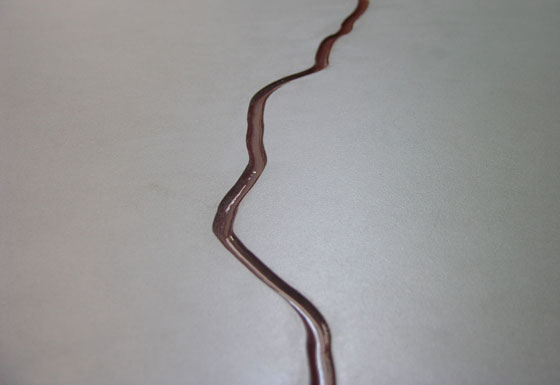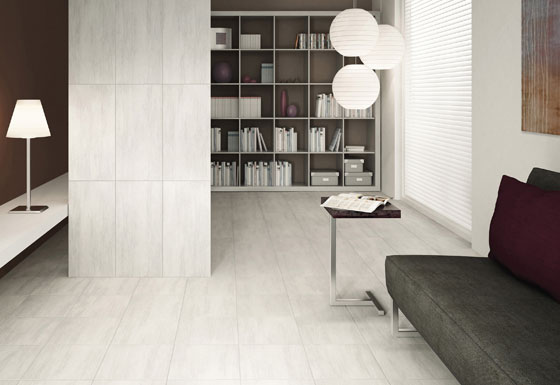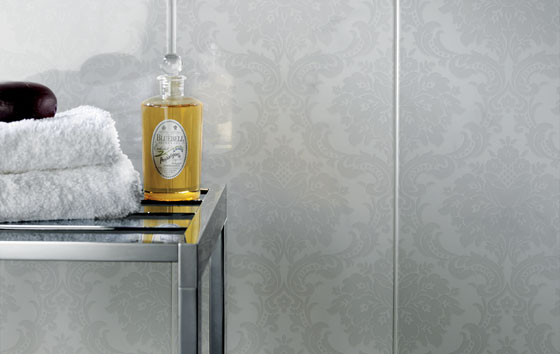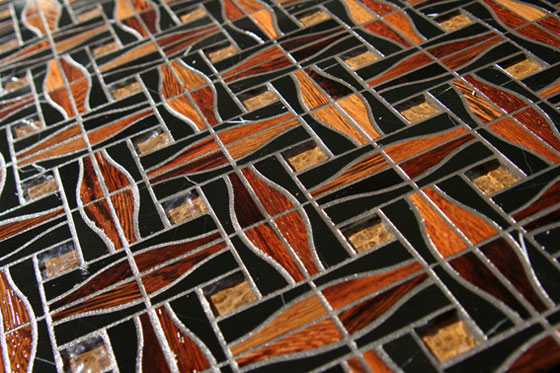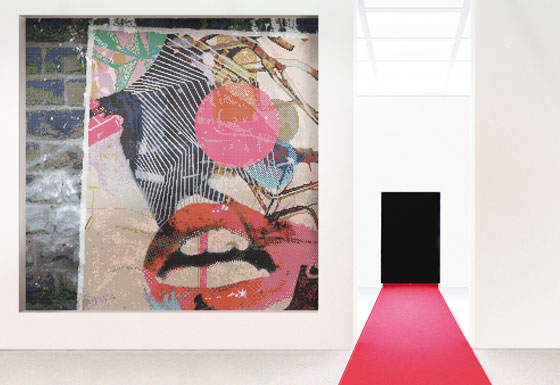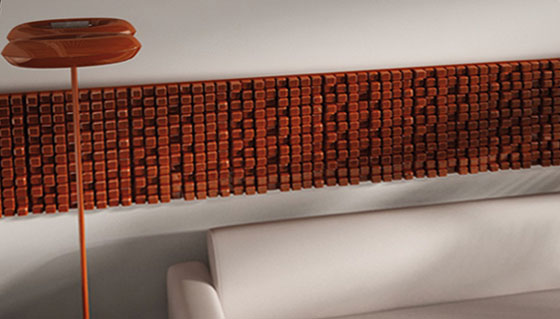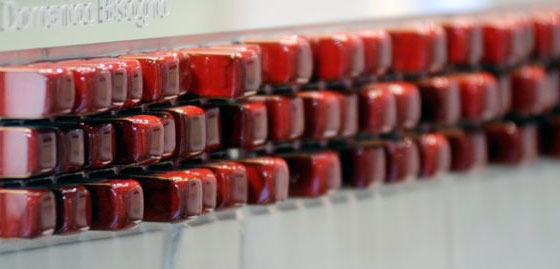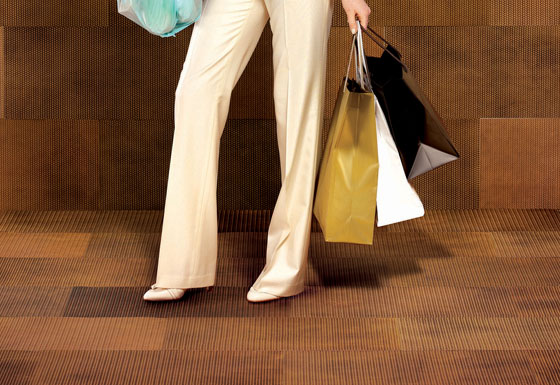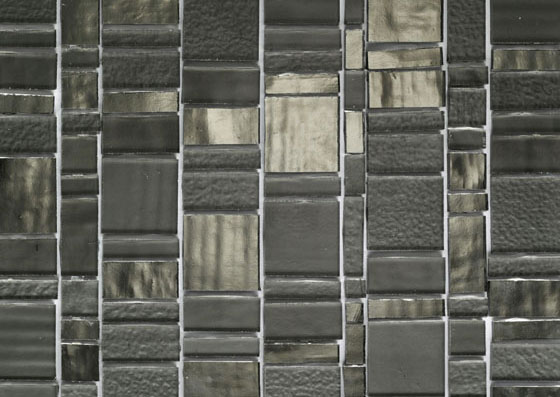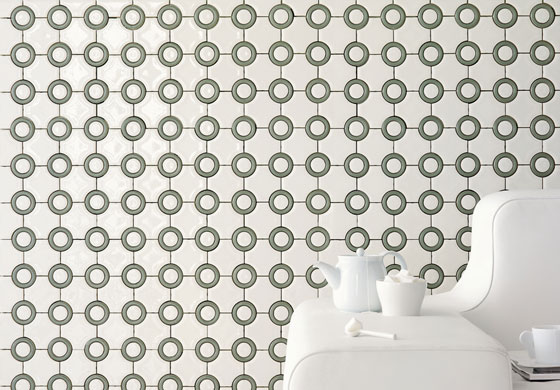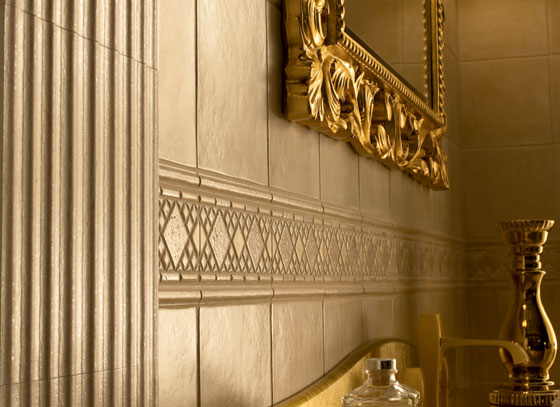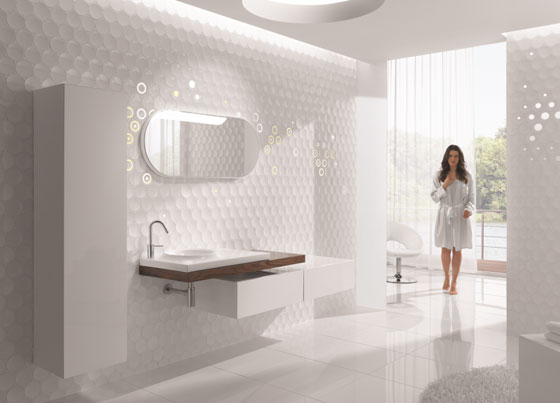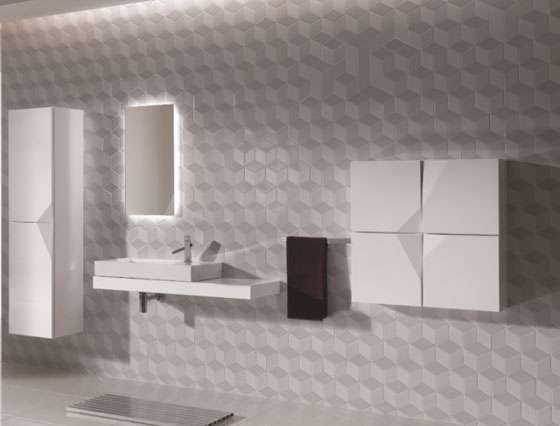Cersaie 2010
Texto por Susanne Fritz
Suiza
20.09.10
From 28 September to 2 October 2010 one of the major international trade fairs for ceramic tiles and bathrooms will be taking place in Bologna. However, Cersaie is much more than a simple trade fair. It has now become an important forum for planners and architects, offering a comprehensive accompanying programme which includes a range of symposia and lectures.
Architonic has taken an advance look at a number of outstanding manufacturers at Cersaie 2010 for you and provides an overview of this gigantic show below.
Ceramiche Refin is located not far from Bologna. Designers Massimiliano Adami and Luca Nichetto have designed two of the Refin tile collections which are on show at Cersaie and make a strong impression not just aesthetically but also by their technical innovation and the quality of their materials.
Massimiliano Adamis tile collection "Terraviva" for Refin
Massimiliano Adami's collection, entitled "Terraviva", shows a stylised dark crack on the white glazed tile. At a poetic level this reflects the features of the clay which is the original component of the earthenware - tensions in the material arising from the extreme temperatures can cause cracks. An image of earth dried and fissured by the sun also appears before our inner eye – a memorable homage to the origins of this material, which the human race has used for millennia for building purposes.
Luca Nicchetto's collection "Kaos" is dedicated to a further physical phenomenon: the arrangement of molecules whose apparent randomness – in other words their "Kaos" – is in fact in no way random but represents a mathematical pattern.
Nicchetto analyses the composition of stoneware and reproduces this in graphically abstract form on its surface, using cutting-edge technology such as rotocolor, a modern rotary machine for glazing ceramics, and digital printing techniques.
The German ceramic tile manufacturers Villeroy and Boch rely on "connecting traditional quality values and new technology". Their "Five Senses" tile collection is only one product in a comprehensive range of striking ceramics which display a high level of craftsmanship in their design. The "Five Senses" range features a selection of colours which are especially pleasing to the eye. Inspired by colour shades taken from nature, an element of grey has been added to them which makes the designs look colourful but not gaudy. The gradations within the individual colour lines are very unobtrusive.
"Splendida" is the new collection of ultrathin, ultra-shiny glazed white body tiles with coordinated porcelain stoneware floor tiles by Fap Ceramiche.
Splendida moulds the beauty of marble, its charm shining through in the perfect casuality of the veins, with an extraordinary shiny effect.
Thanks to the new, advanced ink jet printing technique, which can produce the veins nature draws differently and unrepeatably every time on marble, even on large ceramic slabs: every Splendida tile assures optimal variety. The excellent technical performance of ceramic tiles excels that of marble, and the material is non-absorbent, a guarantee of quick, total hygiene.
The Italian firm of Ex.t has involved a number of young designers from various schools and different cultural backgrounds in the project of presenting the concept for its innovative collection of bathroom furniture – or put in a different way, a concept for multifunctional furniture which is not only suitable for the bathroom.
From Jethro Macey comes the design for the "Carpenter Stool", a handmade stool from chestnut wood with a shiny lacquered seat.
"Lean Mirror" and "Lean Oak" by Alex Bradley are multipurpose objects made of oak or mirror glass which can be used as a towel rack or wardrobe, for example.
In addition to the Italian manufacturer's hybrid objects Cersaie will also feature Ex.t's modern and stylish bathroom fittings such as wash basins, baths, wall and floor coverings and much more.
Ex.t presents a new selection of versatile objects which reach beyond the confines of the bathroom

Ex.t presents a new selection of versatile objects which reach beyond the confines of the bathroom
×The names which Mutina Ceramiche has engaged for its new products sound like a 'who's who' of modern design. Mutina is a company which can look back on a tradition of more than 30 years and has been run since 2006 by a team of ambitious young managers. These are committed to preserving the know-how of traditional craftsmanship while at the same time remaining competitive in the international design circus. To head their team they have acquired a name which is much in demand in Patricia Urquiola, supported by highly promising newcomers in Raw Edges, the Israeli design duo from London, and Tokujin Yoshioka, a first-class designer who has already been involved in projects with Kartell, Moroso, Driade, Vitra etc. and represents the Japanese design trend.
With "NET" Patricia Urquiola is presenting a new range of ceramic tiles which unmistakably bears the Spanish designer's signature. Years ago Urquiola made the ornament a central theme of her designs and in so doing set the current trend for geometrically complex patterns.
In "Dialoghi" a fascinating collection has been created for Mosaico+, designed by Francesco Lucchese. As the name indicates, the dialogue involves a number of different materials. Untypically for application in the bathroom, wood is combined with stoneware and glass to form a mosaic pattern whose geometry and colours are in part reminiscent of African motifs – and which seems to radiate the warmth of this continent.
In order to make the wood resistant to moisture and chemicals in the bathroom only top-quality materials have been used. The wood has been dried, impregnated and sealed with a special lacquer.
"Dialoghi" by manufacturer Mosaico+: material fusion designed by Francesco Lucchese
The high-tech mosaic "Vetrina" has an entirely different character: all the colour shades of the pantone colour system can be used to convert an image into a realistic-looking mosaic by means of pixels. Because the resolution is determined by the size of the mosaic stones it is necessary for the original image to be measured in terms of several metres. Whereas "Dialoghi" is suited to private bathrooms, "Vetrina" is more suited to large installations in public or office buildings.
'Cubo' mosaic by manufacturer Cotto Mediterrano possesses a three-dimensional relief, rather than the usual flat pattern normally associated with mosaics. The differing heights of the tiles create an interesting play of light and shadow. 'Cubo' is available in bright hues of red, black or white.
"Cubo" von Domenico Bisogno für Cotto Mediterrano
A further unusual material for tiles is presented at Cersaie by the firm of Nextep Leather. "Ambra Treccia", leather tiles with a plaited texture, are suitable as wall or floor covering and contrary to traditional associations with leather as a natural material, are resistant to both water and oil stains.
In addition "Ambra Treccia" is easy to clean and is highly resistant to abrasion.
"Liberty", the new glass mosaic collection from the Italian firm of Trend, consists to 75% of recycled glass – it is almost unbelievable that re-used material can look as glamorous as this. The transparency of the glass and the stones with a metallic finish on the back give this product complexity and depth. The normally linear pattern of the mosaic is broken up by the irregular shapes and varying formats of the mosaic stones.
"Liberty" glass mosaic by Italian manufacturer Trend
A play on geometry and relief is displayed in an entirely different but equally sophisticated way by Cotto Veneto in "Cerchi", the latest addition to its "Sensum" range of tiles. Matt and glossy glazed elements are combined in a basic grid of 30 cm. Because of the relief the tile pattern does not remain flat – instead the elements combine to form a three-dimensional carpet. Gentle colours highlight the timeless character of the designs.
Combination of glass and ceramic tiles: "Cerchi" by Cotto Veneto
Gardenia Orchidea is presenting a line which is visually very classical: "Crete di Pian della Fornace" is intended to adapt both to a traditional and to a modern, exclusive ambience, which means that it is also ideal for renovation projects. The tiles are manufactured from extremely thin stoneware in pure white. The finish is deliberately irregular in order to give the tiles a hand-made character.
“Crete di Pian della Fornace” by Gardenia Orchidea
Kalebodur is part of the Turkish Kale group. In "Cube" and "Dot" the company is presenting a futuristic tile collection of incomparable sophistication. "Cube" and "Dot" exploit everything which can be derived from ceramics as a material for tiles. With their structure, three-dimensionality, graphic refinement and transparency these two collections from Kalebodur are sure to set new benchmarks at Cersaie.
The impressive number of more than 1000 manufacturers from 34 countries registered to participate in Cersaie 2010 promise many more fascinating discoveries. In a further article after the fair we will be presenting the most interesting products which Architonic selects for you in Bologna from 28.09. to 02.10.2010.
